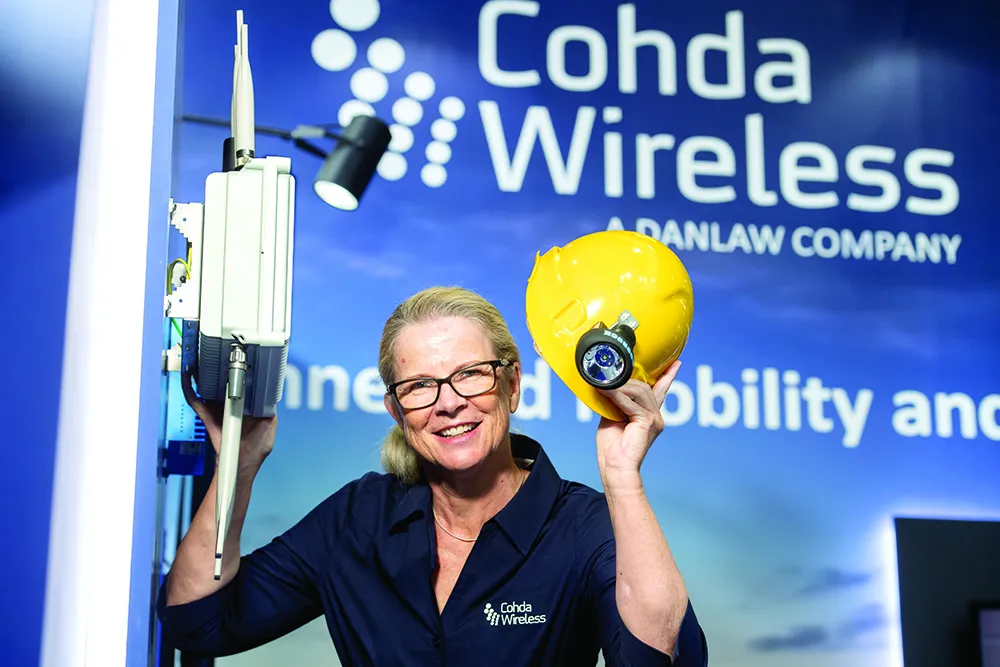
Kapsch TrafficCom and Microsec have partnered to provide a security package based on standard IEEE 1609.2.1, which delivers V2X-PKI security credentialing and cloud-based credential management.
The end-to-end solution simplifies things for roadway operators which want Vehicle to Everything (V2X) scale from pilot to operational secure corridor solutions in urban and highway segments.
The US Federal Communications Commission (FCC) has recently granted a joint waiver request to deploy cellular V2X technology - which allows vehicles to communicate with one another and with road infrastructure - in the upper 20 MHz part of the 5.9 GHz band.
“Secure operational services instill trust with the corridor stakeholders,“ states Steve Sprouffske, VP Connected Vehicle Services at Kapsch TrafficCom.
“A simplified, integrated, and streamlined approach to security empowers roadway operators to deliver secure solutions as a normal part of their day to day operations.”
"We both aim to simplify and integrate essential elements required for V2X communications and related services,” said Csilla Endrődi, board member of Microsec.
“With growing momentum and funding for corridor management to improve traffic efficiency and numerous collision avoidance use cases that enhance roadside safety, now is the time to prepare for commercial deployments using industry-leading devices, software and security that scales.”
The Kapsch-Microsec team will offer solutions for the European, North American and Asia-Pacific markets.










